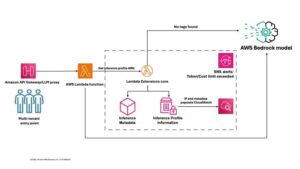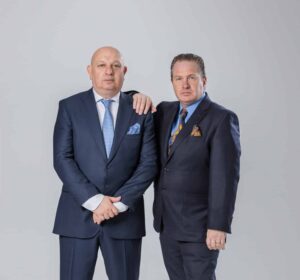The technology is beginning to make itself visible as a reality on the beaches of more and more municipalities and autonomous communities, supporting the traditional work of lifeguards, according to Playea.
With the end of summer in sight and awaiting the data that reveal the real security situation on the beaches during this record-breaking season of visitors, it is time to reflect on how technology is starting to transform safety on the coasts.
Companies and administrations working on the coast are finding technology to be a crucial ally in improving safety and management on the beaches. There are already ample examples of how it is a fundamental ally on the shores and an element that often promotes proper and efficient resource management.
Technology enhances the beachgoer’s experience by offering updated information on the beach’s status before leaving their accommodation, allowing them to choose the most suitable beach to enjoy with their family. Knowing in real-time the water quality, bathing conditions reflected in the color of the flag, the degree of beach occupancy, or the presence of jellyfish has transformed the way time is spent by the sea.
But perhaps the most significant impact of technology is seen in the realm of safety. The integration of advanced monitoring systems, surveillance drones, smart buoys, child location wearables, or mobile applications not only allows for a quicker response in emergency situations but also supports the fundamental work of lifeguards.
Beaches have also begun to implement solar recharging stations and Wi-Fi points, enhancing the visitor experience and promoting sustainable resource use.
Dr. José Palacios, president of the Association for Environmental and Consumer Education (ADEAC) – known for programs like Blue Flag, Eco-Schools, Green Key, and Blue Paths – emphasizes the importance of several key factors in preventing drowning and improving lifeguard services. According to Palacios, it is essential that these services be credible and prestigious, based on scientific evidence, and supported by technologies that truly add value. “When life is at stake, the quality that scientific advances and technology bring should not just be empty words, it should become a tangible reality,” emphasized Palacios.
Furthermore, it is essential to remember that, although technology has improved safety, education in prevention and the shared responsibility of beachgoers remain vital. The best safety tool remains knowledge. Educating the population about risks and how to avoid them is as important as having the latest technology available.
The Balearic Islands have stood out for their commitment to innovation and continuous improvement on their beaches. A clear example of this is the effort to maintain a high-quality lifeguard service. The new lifeguard agreement signed last year is a testament to the authorities’ commitment to improving the working and training conditions of lifeguards, a vital step to ensuring an effective and safe service.
Municipalities like Muro have been pioneers in implementing significant improvements in lifeguard services comprehensively. The coordinator of the lifeguard service and police sub-inspector, Toni Carrió, emphasizes the importance of understanding technology on the beaches not only in its direct application, such as drones and underwater scooters but in a broader sense. “It is essential to consider the diversity in the applicability of technology, including internal management apps for lifeguard services. With these tools, based on generated data, we can develop prevention programs that minimize or even avoid possible interventions in emergency situations,” he explains.
Additionally, the Order Service of the General Directorate of Emergencies in the Balearic Islands has been a key driver in the commitment to technology. One of the most significant efforts in the Balearic Islands is the continuous improvement in beachgoers’ experience, especially through the Platgesdebalears.com platform. This tool has become an indispensable resource for residents and tourists who want to plan their beach day with all the necessary information right at their fingertips. With over 90,000 users this season, the website allows users to check the beach conditions in real-time, from occupancy to water quality, and offers personalized recommendations based on the conditions of each beach.
A frequent user of the platform comments: “Before leaving home, I always check Platgesdebalears.com. Knowing how the beach will be saves me time and makes my experience much more relaxed. It is a fundamental tool in the times we live in.” This platform not only enhances the beachgoers’ experience but also promotes a more informed and safe use of the beaches.
Although much progress has been made, there is still much work to be done. As Dr. José Palacios comments, “Unfortunately, many municipalities and companies continue to forego improvements that technology and scientific evidence bring, with the poor argument that these improvements are expensive. It is still common to not admit or ignore that all human, material, and economic resources allocated for prevention and lifeguards are an investment, not an expense.”
Continuous improvement in safety and beach experience is a collective effort. Educators, lifeguard companies, research groups, lifeguards, public administrations, and technological projects continue to work tirelessly to ensure that beaches remain safe and accessible for everyone. The beachgoer’s shared responsibility is another key element: allowing them to choose which beach to go to, providing them with the most relevant beach situation information in real-time, enhances safety and reduces overcrowding, which is a safety risk.
The success case of the Balearic Islands is a winning bet: data reveal how technology, when used properly, is a catalyst for improving safety and enhancing the beachgoers’ experience towards excellence.
via: MiMub in Spanish












